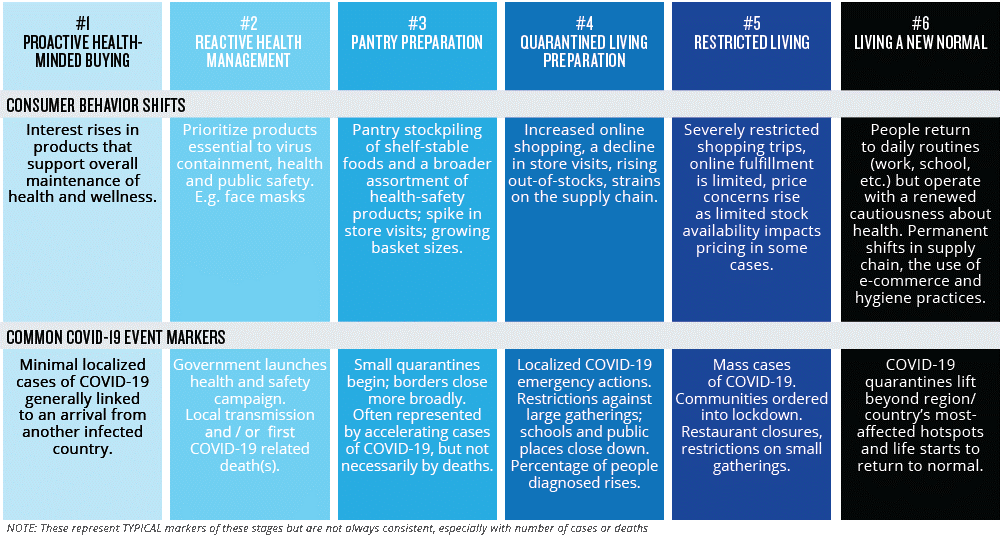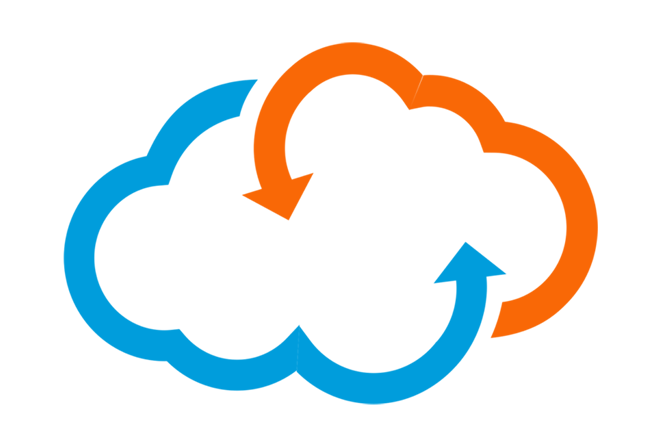Effects of Corona on marketing
The status quo
We are still feeling the effects of an unprecedented, wordwide crisis situation. A pandemic on a scale we haven’t seen since the Spanish influenza of 1918. But the world today is very different from a hundred years ago. In today’s world, where businesses operate both online and offline, what will happen? Will one channel prevail, or does that depend on the industry?
Winners and losers
Offline stores are facing a sharp decline. Brick-and-mortar stores, cafes, bars and restaurants and entertainment venues were hit hard. Shopping streets had been growing emptier since the start of the epidemic, so many stores decided to close voluntarily to save on running costs. Bars, restaurants, theatres and cinemas were forced to close by the authorities. Although shops eventually opened again, at first with added safety and hygiene measures and restricted opening times, it will be impossible to make good on many months loss of turnover during several lockdowns. Supermarkets and home improvement stores may be the exception, as they reported record sales.
Online pure players have benefitted from less offline competition. As many brick-and-mortar stores closed, online shopping was the only way to get some products. Customers also had time for online shopping and were at home for deliveries. Sellers of office supplies and electronics noticed a rise in demand for things needed for working from home. Webshops were doing very well, but there were exceptions: sales for travel and fashion fell dramatically.
Online and offline: the best of both worlds. Brands with a solid online and offline presence, are able to take full advantage of both channels. For instance with click-and-collect. Because of the pressure on delivery services, it may be quicker and more practical to have customers collect their orders in a local store. On the other hand: die-hard fans of visiting real stores, might now be more inclined to switch to online shopping with their trusted supplier. The rise in sales for supermarkets, electronics and home improvement materials and tools happened both online and offline. Household goods chains like Blokker reported a huge rise in online sales.
Will consumer behaviour change forever?
The consumer has discovered new suppliers, and even people who prefereed visiting a store have found out about the advantages of online shopping. Could this be the start of a permanent change in behaviour? Well known research company Nielsen investigated consumer behaviour since the start of the crisis. They discern these 6 stages:
 The last stage is a return to normal, but according to Nielsen this will be a ‘new normal’, different from before the crisis.
The last stage is a return to normal, but according to Nielsen this will be a ‘new normal’, different from before the crisis.
Marketing for the New Normal
After the initial shock of going through something nobody (except maybe centenarians) has experienced before, businesses and organisations started communicating with their customers again. Those that could switch to working from home were able to be there for their customers, and offer the usual level of service. Restaurants quickly started offering delivery and take-away services, or accepting payment for future meals on dates after the lockdown. Shops with an online store started offering free delivery and longer return periods.
Creative communication
Just as the crisis began unfolding, Amazon launched its Dutch website Amazon.nl. The launch must have been planned long ago, of course, before anyone had heard of a virus taking over the world. You might think the epidemic would be inconvenient at this time, but Amazon managed to turn a crisis into an opportunity by using its Prime services to bring in new customers. Free express delivery; free gaming with Twitch prime, Prime video streaming for a price highly competitive with Netflix. Can other industries learn from their example?
Not every product or service can be marketed making use of current events, but it pays to think of new ways of engaging with your customers in the ‘new normal’. Put yourself in your customer’s shoes and show empathy. Tell them how your product or service can benefit them, now circumstances have changed. Practise honesty and you will gain trust.
What’s next?
After many weeks of lockdown, people were eager to purchase, whether online or in shops with extra safety measures. But it is not enough to simply restart your marketing campaigns. We do not yet know what the long-term effects will be, and you will need to keep in touch with your customers and get to know them even better. Something has changed, and you need to acknowledge that.
Take the time to find out where your customers are and what they are doing. Try out new channels, like WhatsApp, for one-to-one conversations. Your customer service needs to be integrated with marketing and sales for the best results. Chat, video calls and next best conversation are all great tools. Use them to truly engage with your customer and test new data-driven campaigns like abandoned shopping cart or re-activation.
Do you need help with finding or implementing your data-driven marketing strategy? Feel free to contact us!




